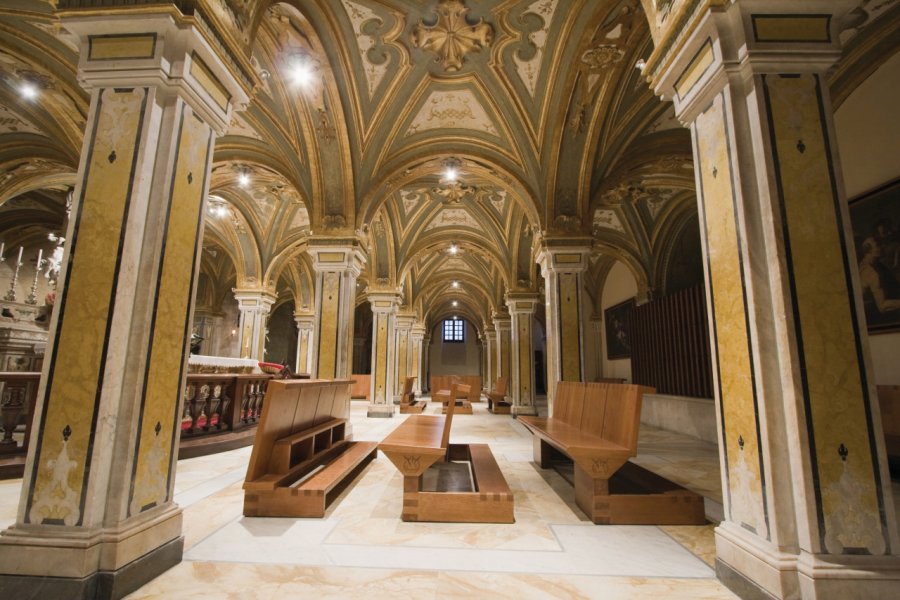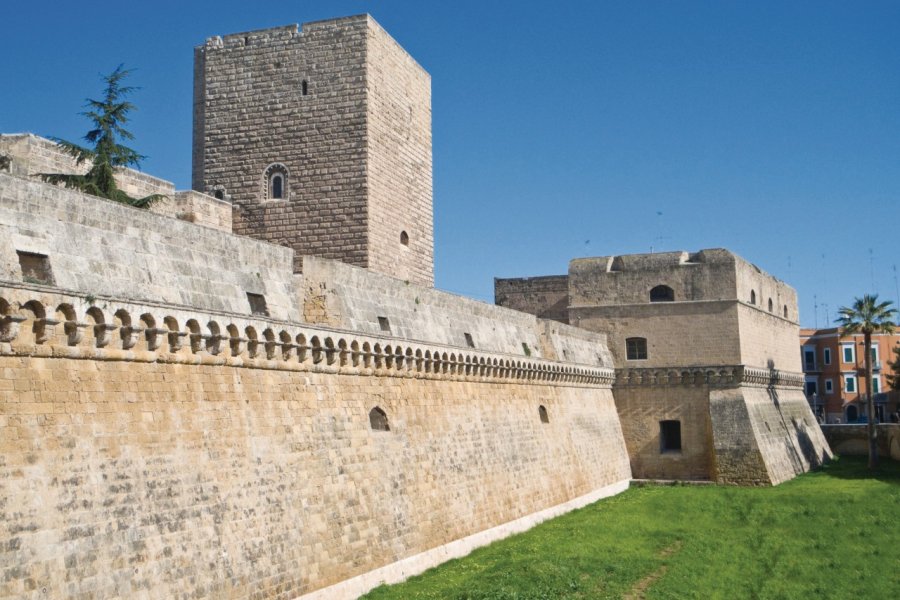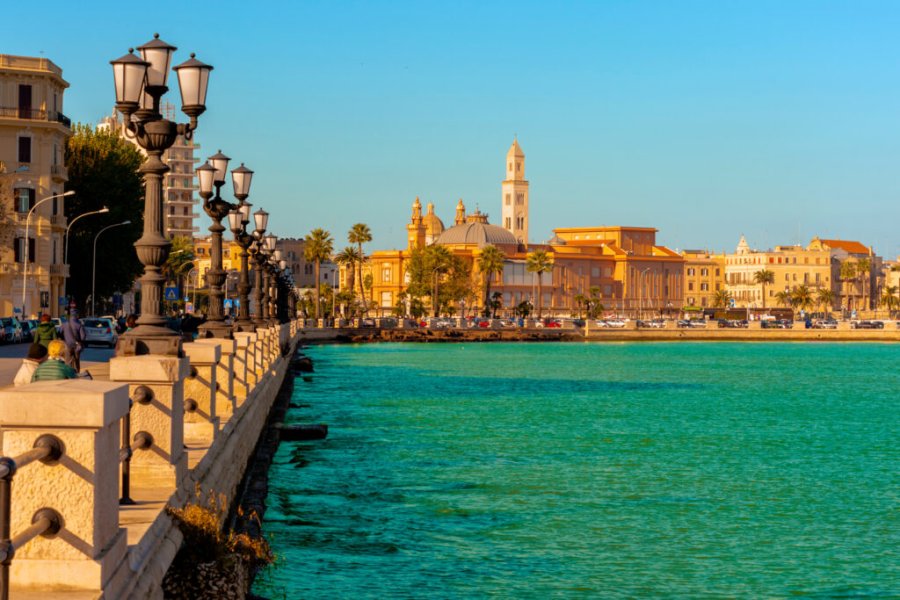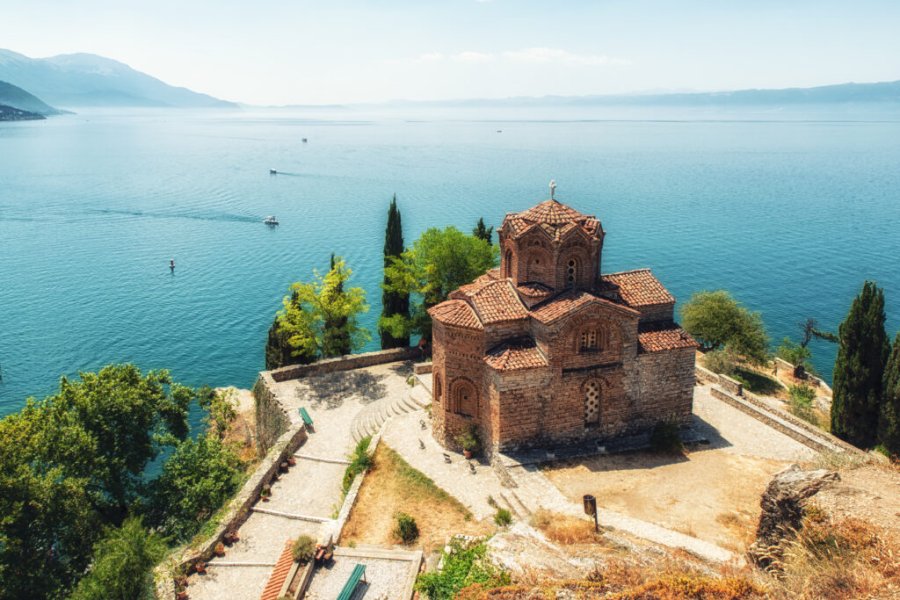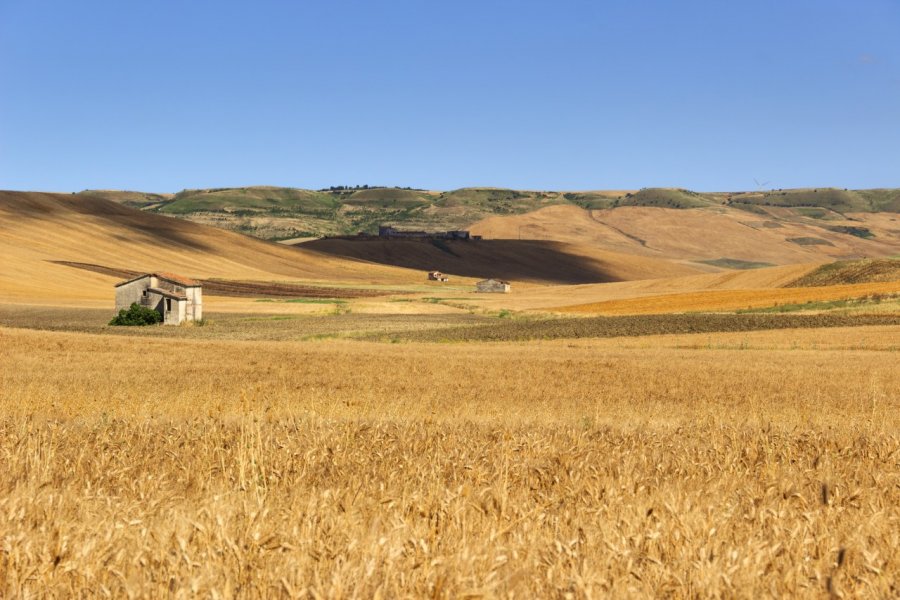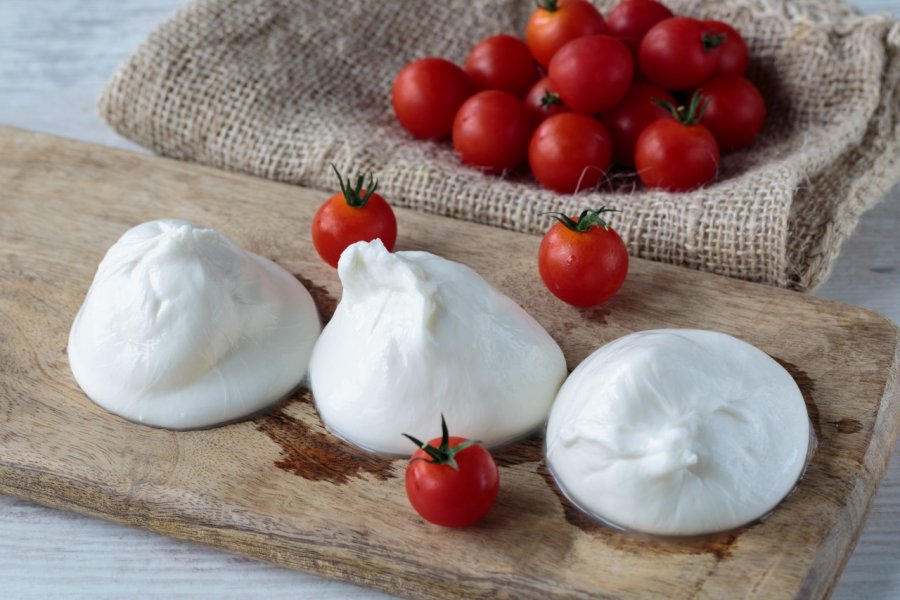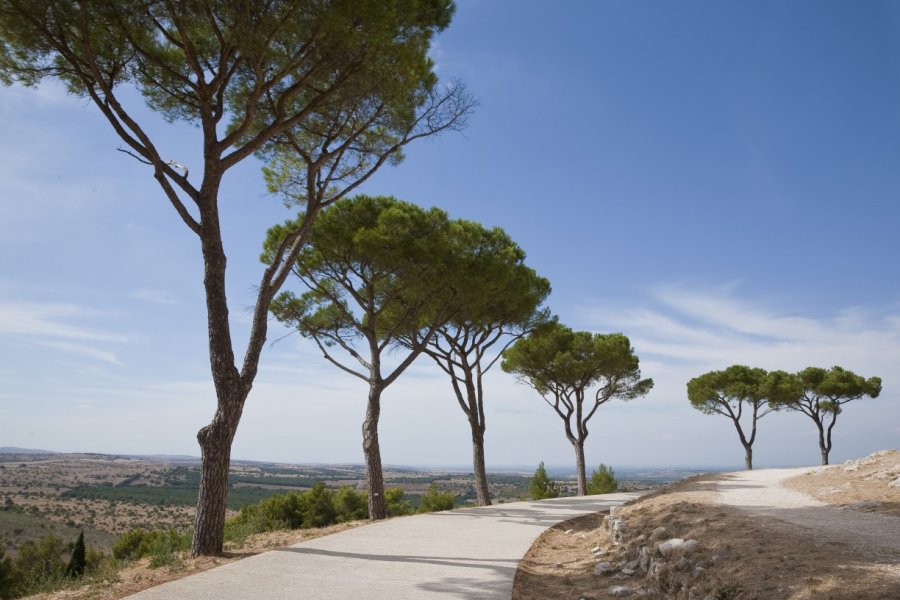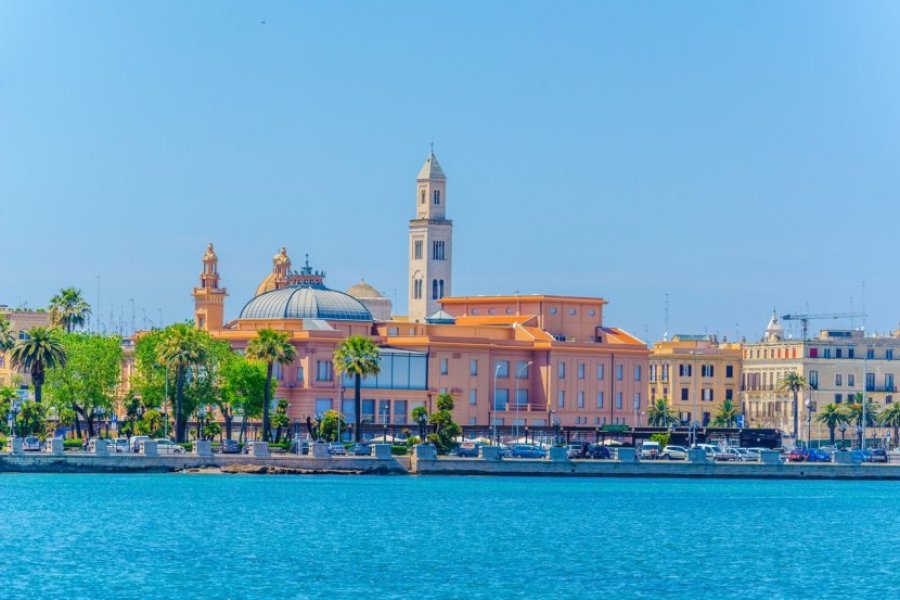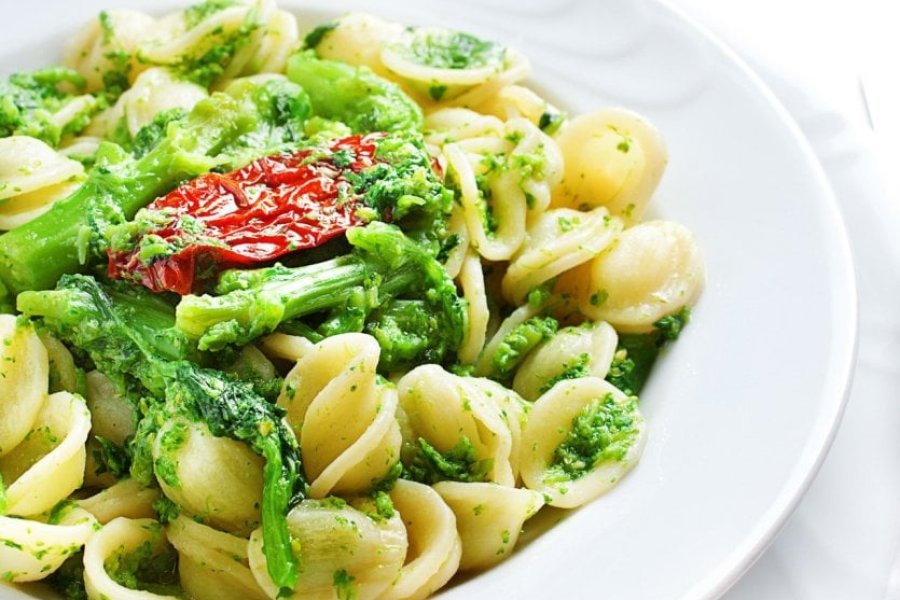Travel Guide Bari
Find an accommodation
Advertising
The site of the old town of Bari, situated on a limestone promontory, has been inhabited since prehistoric times. However, it was not until after the Roman conquest, in the 3rd century BC, that the city found its vocation as a maritime crossroads. After the collapse of the empire, Bari changed hands many times, successively occupied by the Ostrogoths, the Byzantines, the Lombards, the Arabs and finally, after a short reconquest by the Byzantines which allowed it to become one of the main commercial ports of the region, the Normans. The dynastic upheavals then made it pass into the hands of the Swabians, the Angevins and the Aragonese, prestigious lineages that did nothing to halt the slow decline of Bari from the 16th century onwards. It was not until the Napoleonic era and the work of Murat that the city developed south of the historic centre. Today Bari has many facets. That of history, around the Basilica of San Nicola, the cathedral and the Norman-Swabian castle, in the old town where the narrow streets and alleys intertwine in a complex labyrinth. Here you can find almost all the places of interest, a very Italian and friendly atmosphere, with restaurants, caffetterie and typical local shops. Then there is the Napoleonic side with the Borgo Murattiano, a shopping area with avenues in a checkerboard pattern, located between the old town and the railway station. And finally the port districts, on either side of the old town, where the pretty seaside promenades alternate with the ferry docks, which pour in their daily streams of tourists.
What to visit Bari?
Advertising
Weather at the moment
Advertising
Organize your trip with our partners Bari
Transportation
Book your plane tickets
Car Rental
Boat rental
Accommodation & stays
Find a hotel
Holiday rental
Find your campsite
Tailor-made trip
Immersion travel
Services / On site
Activities & visits
Find a doctor
Bari travel inspiration
Find unique Stay Offers with our Partners
Pictures and images Bari
Featured articles Bari
Other destinations nearby Bari
5 km away
25 km away

